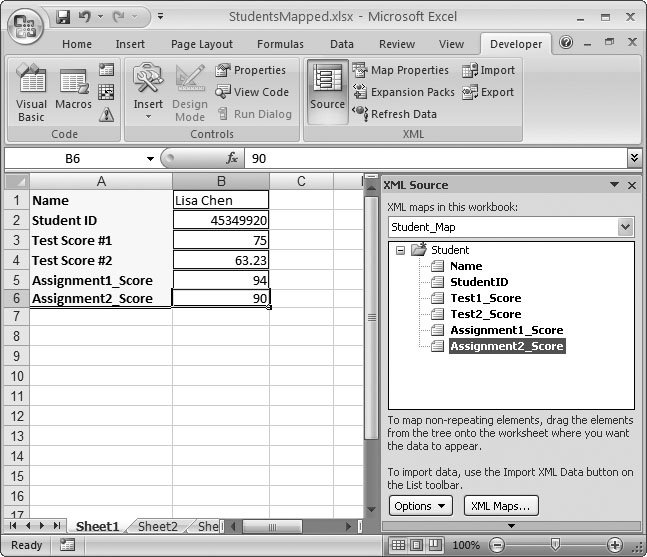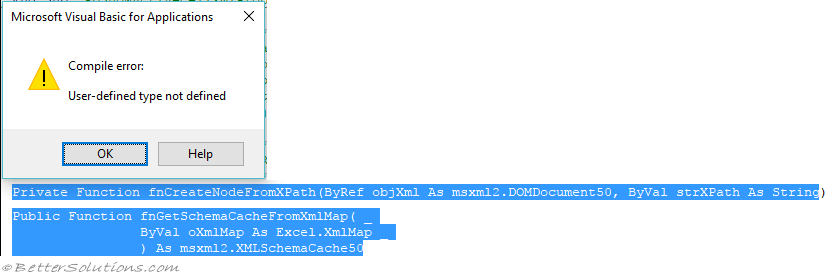
Log files can be found in the user's %temp% folder as well as in C:\Windows\Temp. The Logging element is no longer supported as a configuration option for the Office Deployment Tool. When installing Office, no user interface is displayed. Office checks for updates at "\server\share" on your network. Office is installed using Monthly Enterprise Channel.ĭownloads and installs Microsoft 365 Apps for enterprise.ĭownloads and installs English and Japanese versions of Office. Office is downloaded to "\\server\share" on your network and deployed using installation files at that location.ĭownloads and installs the 64-bit edition of Office
#EXCEL 2013 XML TOOLS INSTALL#
This configuration file includes the most-commonly used elements and attributes, and can be used to download and install Office on a client computer Use the file to modify the XML elements and attributes and use the rest of this article to learn more details about each of the elements and attributes. You can start by copying and pasting the example below into a text file and saving it with a name of your choosing. When creating the configuration file, we recommend starting with an example file and updating it with the appropriate options for your environment.

For example, you can edit the configuration file to download the 64-bit English edition of Office, or you can edit the file to install the 64-bit English edition of Office with the EULA automatically accepted and without Publisher. To work with the tool, you edit the configuration file to define what options you want, and then run setup.exe from the command line. The ODT consists of two files: setup.exe and configuration.xml. For more information, see Overview of the Office Customization Tool. With the Office Customization Tool, you can easily create and modify configuration files in a web-based interface. You can continue to create the configuration file in a text editor, but we recommend using the Office Customization Tool instead. ObjDom.Best practice: The options in this article show the XML elements and attributes in the configuration file. "\Desktop\FXML_FILES") 'Creates folder on desktop, ignores error if it already exists MkDir ("C:\Users\" & Environ$("Username") & _ If Not text_only Then node.appendChild (Space$(indent)) Node.InsertBefore (Chr(10)), node.FirstChild ' Add a carriage return before the children. If Not (TypeOf child Is IXMLDOMText) Then If TypeOf node Is IXMLDOMText Then Exit Sub Sub FormatXmlNode(ByVal node As IXMLDOMNode, ByVal indent As Integer) Then recursivelyįormat the children with increased indentation. ' To make this some what more readable for humans, we need to add formatting, indent it and add aĬarriage return before its children. 'Set objMemberElem = objDom.createElement("r2_tag") 'Set objMemberName = objDom.createElement("r3_Tag") ' Create element under Member element, and 'objSubRootElem.appendChild objMemberElem 'Set objMemberElem = objDom.createElement("r3")

'Set objSubRootElem = objDom.createElement("r2") 'Set objRootElem = objDom.createElement("r1")

'Use this as guidance to create new XML files. 'This is how the main structure of the XMl file is created in VBA It might be a bit advanced if you are not used to the developer part of Excel, but if you do this once, you can then automatically generate xml documents from your Excel data with the press of one button. I previously wrote this answer on a similar question on SO, so this is copypasted from there.
#EXCEL 2013 XML TOOLS CODE#
If you want to open the developer tab, here is some VBA code to generate XML.


 0 kommentar(er)
0 kommentar(er)
